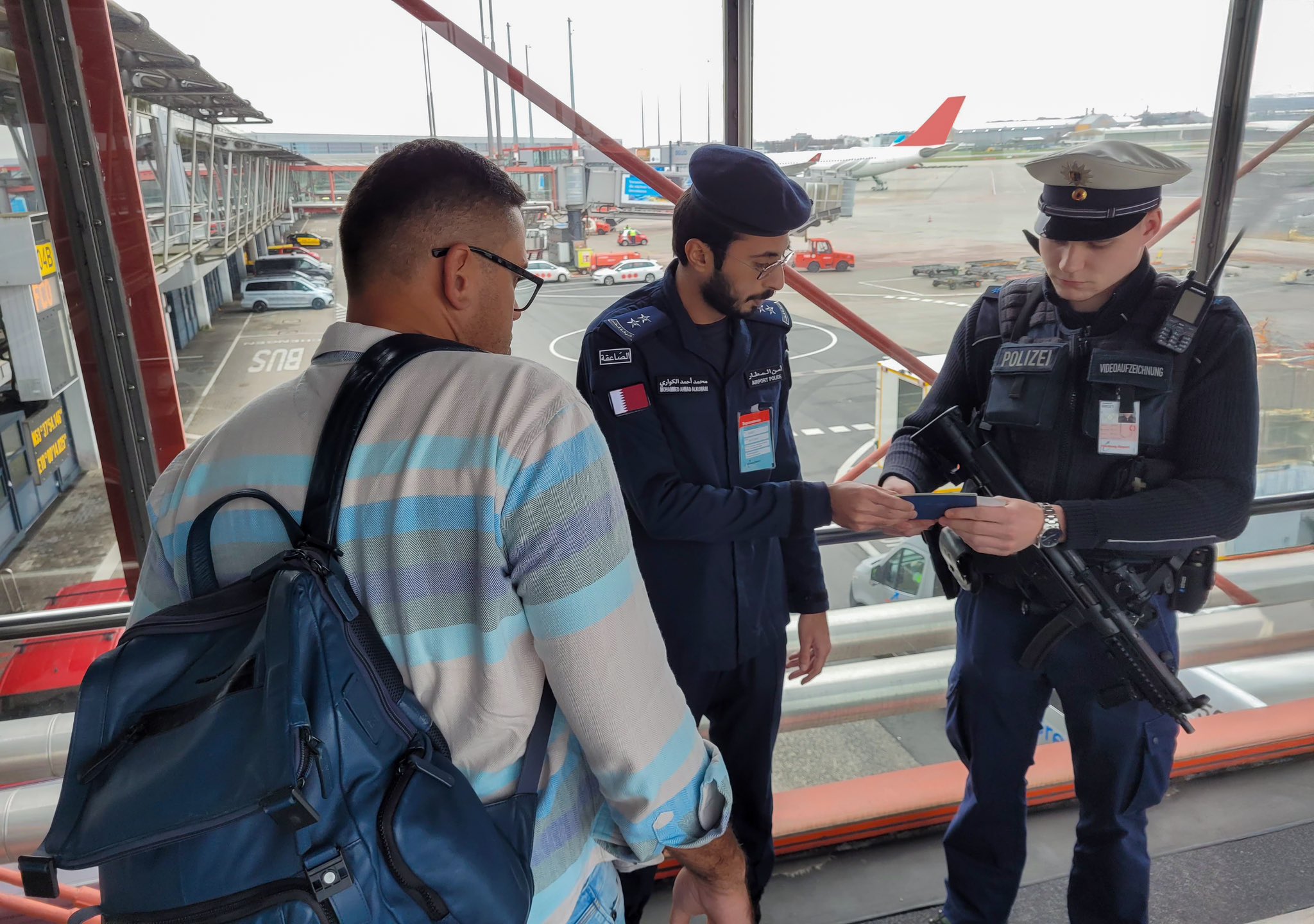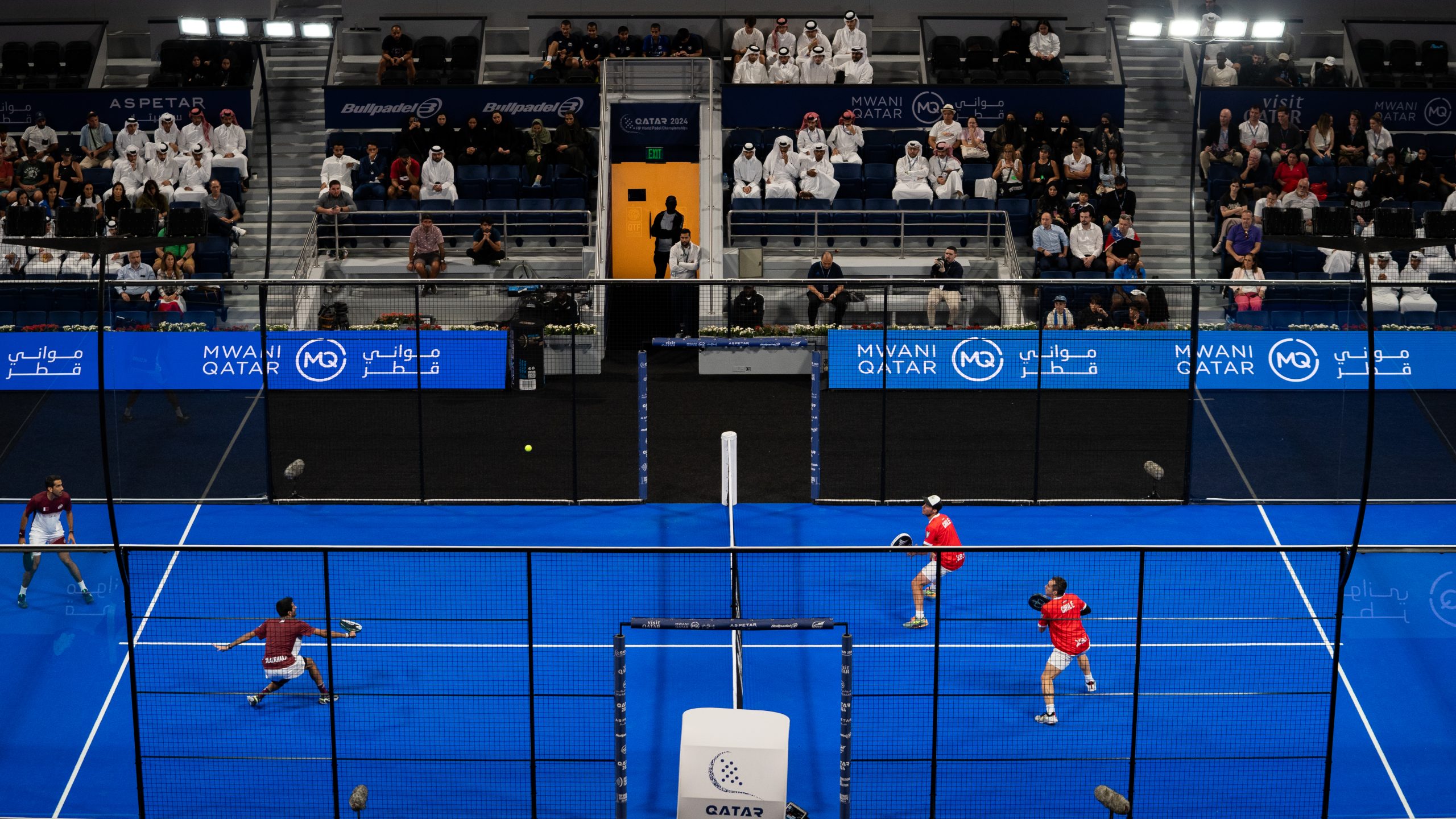There were 5,000 attendees at LDC5, including 130 ministers and 47 heads of state or government.
The Doha Programme of Action, a ten-year strategy to get the world’s 46 most vulnerable nations back on track to achieving the Sustainable Development Goals, was the focus of the Fifth Conference of the Least Developed Countries (LDC5), which concluded in Doha on Thursday.
The world’s poorest nations, whose development has been hampered by crises such as COVID-19, climate change and widening inequalities, made bold commitments at the conference that marked a transformative turning point.
“Achieving the Sustainable Development Goals in the Least Developed Countries is a litmus test for achieving the 2030 Agenda writ large, including by ensuring that no one, and no LDC, is left behind” said UN Deputy Secretary-General Amina Mohammed. “That is why the Doha Programme of Action must be seen as a vehicle for SDG Acceleration.”
The Doha Political Declaration, which was adopted on Thursday, reinforces the commitment of the international community to the Doha Programme of Action.
The conference, which is held once every decade, was under the theme “From Potential to Prosperity,” aimed to bring about transformational change that would benefit the 1.2 billion people living in LDCs.
“The commitments made this week are a true embodiment of global solidarity and partnership and will pave the way for a new era of international cooperation,” said Rabab Fatima, Secretary General of the Conference and UN High Representative for the Least Developed Countries, Landlocked Developing Countries and Small Island Developing States.
Doha Programme of Action
The Doha Programme of Action for the Least Developed Countries for the Decade 2022–2031, which aims to manifest a new generation of strengthened commitments between the least developed countries and their partners, including the private sector, civil society and governments, was the main topic of discussion at LDC5.
The Programme, which was adopted in 2022 after LDC5 was cancelled due to the Omicron outbreak, outlines a revolutionary agenda to fully realise the potential of the LDCs.
The measures include online university with a focus on STEM education, especially for women and girls, an international investment support centre, a sustainable graduation support facility, and extensive multi-hazard crisis mitigation and resilience-building measures for LDC’s.
There were 5,000 attendees at LDC5, including 130 Ministers and Vice-Ministers and 47 Heads of State or Government. They urged developed nations to give the most vulnerable nations tQatar announced a financial package of $60 million: $10m to support the implementation of the Doha Programme of Action and $50 million to help build resilience in the LDCs.he support they require urgently in order to promote socioeconomic and environmental development.
Commitments made during LDC5
The Conference has provided a singular opportunity to transform the Doha Programme’s vision into concrete results, with countries and stakeholders presenting a variety of commitments. These commitments cover everything from enhancing biodiversity and combating malnutrition to fostering resilience in LDCs.
In the first day of the conference, Qatar announced a financial package of $60 million, including $10 million to support the implementation of the Doha Programme of Action and $50 million to help build resilience in the LDCs.
Germany committed an additional €200 million in 2023 in financing for least developed nations.
Canada announced plans to spend $59 million on ecosystem conservation in Burkina Faso and the delivery of vitamin supplements to 15 LDCs.
Additionally, cooperation agreements worth more than €130 million were announced by the EU Commission to advance sustainable investments in Africa.
Finland announced the establishment of an annual conference called the United Nations LDC Future Forum in Helsinki, in conjunction with the Office of the UN High Representative for the Least Developed Countries, Landlocked Developing Countries, and Small Island Developing States, or OHRLLS, to ensure that the most recent findings and research are used to advance the most vulnerable states.
In order to lower the cost of capital for businesses in LDCs and provide green guarantees, the Green Climate Fund has also recently unveiled a new project that will provide $80 million in equity.
The Tourism for Development Fund for LDCs, supported by TUI Care Foundation, was launched by the United Nations World Tourism Organization and will invest €10 million by 2030 to support sustainable tourism in LDCs as a major development driver.
To continue assisting the United Nations’ most vulnerable members, the government of Kazakhstan has pledged $50,000.
Saudi Arabia’s government also unveiled a significant new loan programme for the Least Developed Countries.







